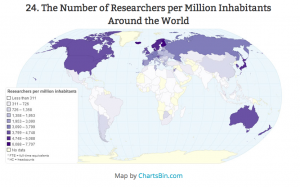Session 0 – Orientation
On our upcoming Kickoff call, we’ll spend some time looking at the road-map for the course and getting to know each other. Following the call, you’ll be sent the materials for the first week’s content.
Introduce Yourself
Go ahead and join the Facebook group, if you haven’t already, and take a moment to introduce yourself to your fellow classmates.
Course Materials
Please bring a copy of these slides to our Kickoff call. It’s fine to just view them on your computer if you like; no need to print them unless you want to. Download instructions are in the box to the right.
Orientation
On Science
Before we begin, it’s important to understand the strengths and limitations of science and what it can and can’t tell us. I recorded this piece on understanding and interpreting scientific research to help you learn effectively from the rest of the course. I will be happy to answer any questions about it on our Kickoff call.
Time: 20 minutes
Call Recording
Click once on the phone to listen to the audio, or watch the video below.
Supplemental Resources
Here are two very short articles on the subject of brain science in popular culture by my friend and colleague Robert Poynton.
The Locational Fetish • The Brain is a Symphony
This interview with UC Berkeley philosopher Alva Noe explains the problem more comprehensively. Well worth a read. You Are Not Your Brain
A one-page essay from the Journal of Cell Science about the importance of stupidity in scientific research.
The dominant paradigm says that consciousness arises from the brain. This assumption is typically treated as a factual starting point for research, even though there’s actually not a shred of evidence for it. I hope this course will contribute to a paradigm shift in this assumption. Here’s a short illustration of how paradigm shifts occur.
John Oliver does a much more hilarious job than I ever could explaining why media reports on science aren’t always reliable. Warning: some foul language ahead. [20 mins, and worth it. Enjoy!]
Bear in mind that when scientists study “people,” they are by and large studying a very specific subset of the world’s population, as the image below quite aptly illustrates. Source







